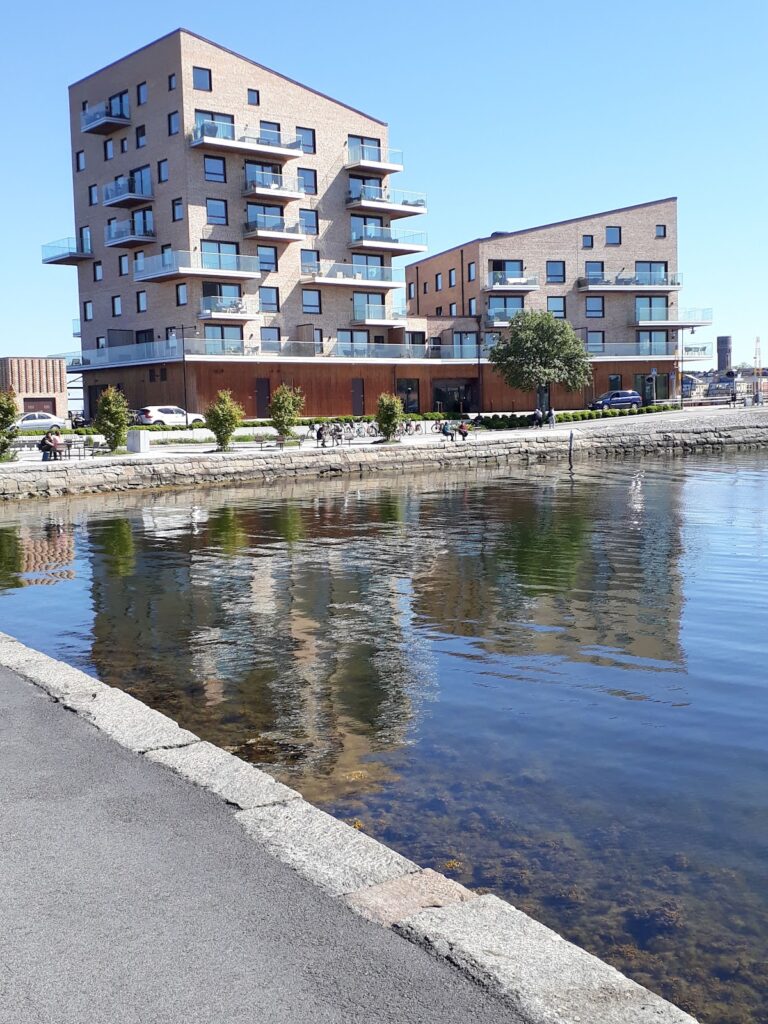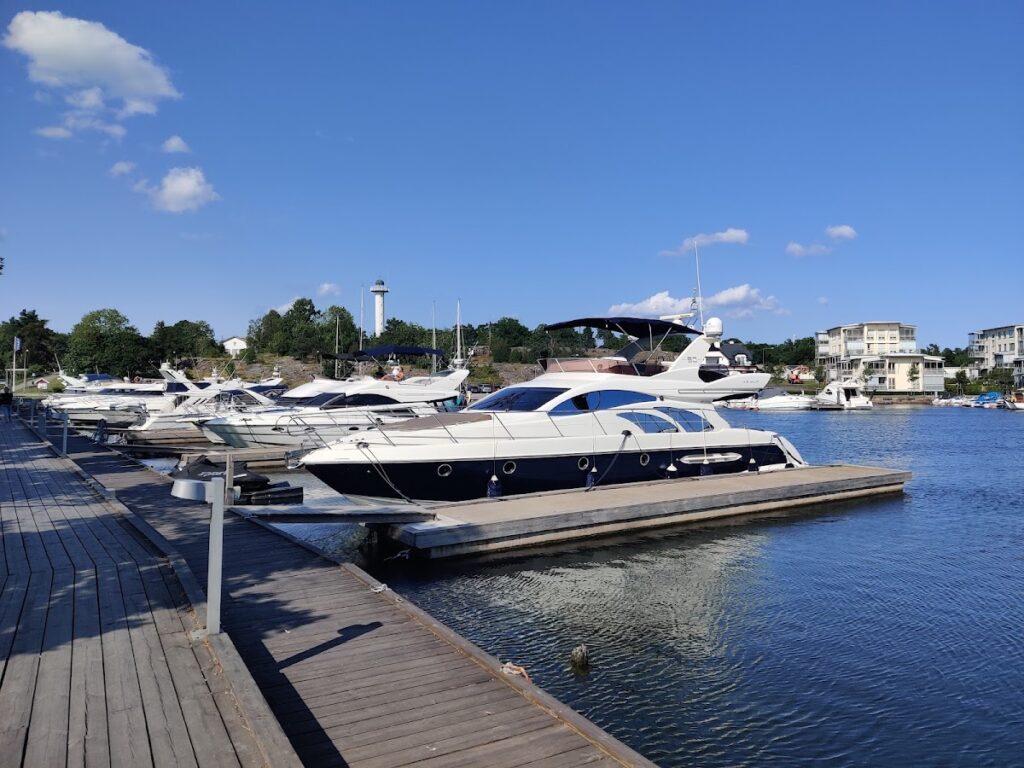Stegeholm: A Medieval Fortress and Palace in Västervik, Sweden
Visitor Information
Google Rating: 4.2
Popularity: Low
Google Maps: View on Google Maps
Country: Sweden
Civilization: Unclassified
Remains: Military
History
Stegeholm is located on Slottsholmsvägen in the municipality of Västervik, Sweden. This fortified site was originally established before 1370 by Germanic builders, likely under the direction of Duke Albert the Great of Mecklenburg, who was the father of King Albert of Mecklenburg. Its initial purpose was to serve as a stronghold staffed by German knights positioned to oversee and protect the surrounding region.
Throughout the late 14th and early 15th centuries, ownership of Stegeholm shifted among several notable figures. After starting as a fief for German knights, it passed to Bo Jonsson, a prominent nobleman known as Grip, and his descendants until 1419. Subsequently, King Eric of Pomerania took control, during which time the fortress became embroiled in regional conflicts. In 1434, Engelbrekt Engelbrektsson’s lieutenant, Jösse Nilsson, made an unsuccessful attempt to storm Stegeholm. Just two years later, in 1436, it endured a siege led by locals under the command of Bo Knutsson, linking the fortress closely to the political unrest of the period.
The 15th century saw Stegeholm contested between factions aligned with Swedish separatists and those loyal to the Kalmar Union or Danish interests. As a fief, it governed several districts, with fluctuating borders shaped particularly by policies during the reign of the Vasa dynasty. The castle and nearby town experienced devastation in 1517, when Christian II’s Danish fleet set fire to the fortress and the relocated town of Västervik. Swedish forces regained the site in 1521 and undertook rebuilding efforts. Despite this, Stegeholm briefly fell again under Danish control in 1612 during ongoing Nordic conflicts.
In 1562, King Eric XIV assigned the castle and its domain as the county of Västervik to the influential Sture family. The area was renamed Stegeholm and Västervik in 1570 by King John III to favor his aunt, the widow of Svante Sture. This grant expanded the county to include several parishes and estates, reinforcing its administrative importance. The Sture family maintained control until 1616 when the male lineage ended.
By 1651, the fiefdom was awarded to Field Marshal Hans Christoff von Königsmarck, who replaced the aging medieval fortress with an expansive palace. This new residence, however, did not endure; in September 1677, a combined Danish and Dutch naval force destroyed both the palace and much of Västervik during a military campaign. Following this destruction, Stegeholm and the island of Slottsholmen sank into ruin. In 1734, the townspeople were permitted to quarry stone from the ruins, repurposing the materials for local use. Industrial activity arose within the still-standing walls, including facilities for tar boiling and metalwork.
Efforts to preserve and beautify the site began in 1881, when the Society for the Beautification of Västervik initiated landscaping projects and ruin conservation jobs. Responsibility for maintaining Stegeholm transferred to Västervik city authorities in 1903. Since 1966, the castle ruins have served as the venue for the annual Västervik Visfestival, a popular cultural event. More recently, in 2016, archaeological teams examined medieval waste deposits near the shoreline to better understand the site’s historical environment.
Remains
Stegeholm was strategically constructed as a medieval fortress on Slottsholmen island, positioned to guard a narrow and shallow waterway linking Gamlebyviken bay to the Baltic Sea. Its primary role was to protect the nearby old town of Gamleby, now known as Västervik. The original fortification, built of sturdy medieval masonry, stood prominently before falling into disrepair by the 17th century.
The later grand palace erected by the von Königsmarck family replaced the medieval fortress but did not survive the 1677 assault by the Danish-Dutch fleet. Since then, the site has existed mainly as ruins. By the 18th century, citizens of Västervik turned to quarrying the crumbling stoneworks from Stegeholm to reuse in local construction. Within the perimeter of the surviving walls on Slottsholmen, industrial operations such as a tar boiling plant and a smithy were established, integrating practical uses into the historical enclosure.
Restoration and landscaping initiatives undertaken in the late 19th century improved the presentation of the ruins and created a park-like setting around them. These conservation efforts helped stabilize the remaining stone structures and preserve the site as a cultural landmark. Archaeological work carried out in 2016 focused on medieval refuse layers deposited near the shoreline adjacent to the castle site. These excavations aimed to reveal information about the everyday life and environment during Stegeholm’s occupation but did not report findings concerning specific architectural details or decorative elements of the original fortress.
Today, the remains of Stegeholm stand as fragmentary ruins of what was once a significant medieval stronghold and later a stately palace, surrounded by landscaped grounds that honor its complex history.




